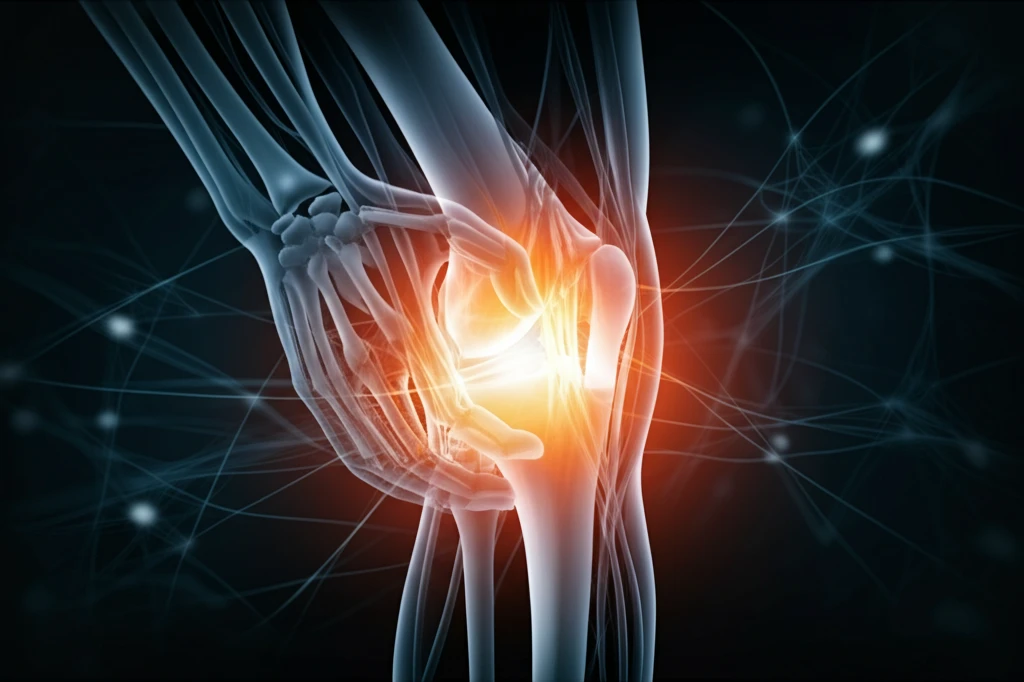
Ehlers-Danlos and Knee Replacements: What You Need to Know
"Navigating Total Knee Arthroplasty with Ehlers-Danlos Syndrome: A comprehensive guide to outcomes, considerations, and expert insights for patients and caregivers."
Ehlers-Danlos Syndrome (EDS) is a group of inherited disorders that affect connective tissues, primarily impacting the skin, joints, and blood vessel walls. These tissues provide strength and elasticity to the body, and when affected by EDS, can lead to a range of symptoms, most notably joint hypermobility, chronic pain, and an increased risk of dislocations.
For individuals with EDS, daily activities can be significantly impacted by joint instability and pain. When conservative treatments like physical therapy and pain management are no longer sufficient, total knee arthroplasty (TKA), or knee replacement surgery, may be considered. However, due to the underlying connective tissue disorder, TKA in EDS patients presents unique challenges and considerations.
Recent research has shed light on the outcomes of TKA in patients with EDS, providing valuable insights for both patients and surgeons. This article will delve into the findings of a key study, explore the specific considerations for TKA in the context of EDS, and offer guidance on navigating this complex decision.
What Does the Research Say About Knee Replacement and EDS?

A recent study published in The Journal of Arthroplasty investigated the outcomes of primary total knee arthroplasty in patients with Ehlers-Danlos Syndrome. The researchers compared 16 patients (20 knees) with EDS who underwent TKA to a matched control group of 40 patients (osteoarthritis patients) who had TKA for osteoarthritis (OA). The study meticulously analyzed various factors, including surgical interventions, component types, reoperation rates, and clinical outcomes.
- Constrained Components: Patients with EDS were more likely to require constrained knee components (VVC), which provide greater stability.
- Prior Surgeries: EDS patients had significantly more prior surgical interventions on their knees before undergoing TKA.
- Reoperation Rates: There was no significant difference in reoperation rates between the EDS and OA groups.
- Knee Society Scores: Both groups demonstrated statistically significant improvements in Knee Society Scores (KSS) after surgery, with no significant difference between the groups at the latest follow-up.
- Survival Rates: Overall survival rates of the knee replacements were similar between the EDS and OA groups.
Making Informed Decisions About Your Knee Health
If you're considering TKA and have EDS, a thorough discussion with your orthopedic surgeon is paramount. Share your medical history, specific concerns, and expectations for surgery. Your surgeon can assess your individual needs, explain the potential risks and benefits, and develop a personalized treatment plan. Remember, with proper planning and a collaborative approach, TKA can be a positive step towards improving your quality of life.
